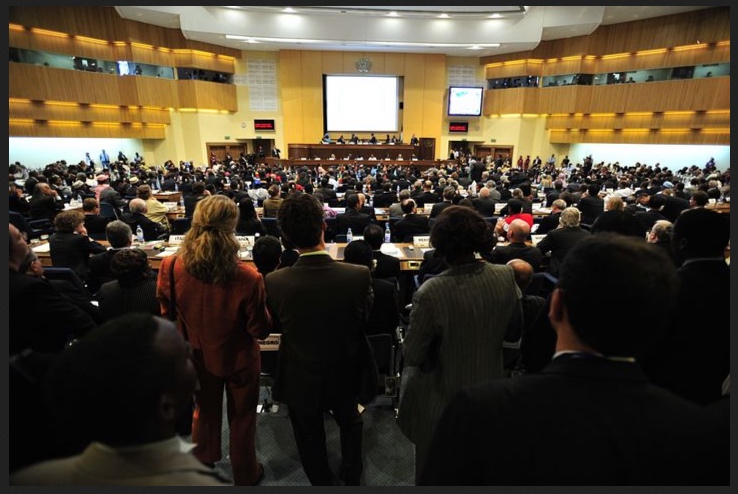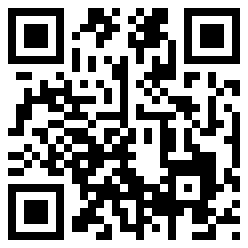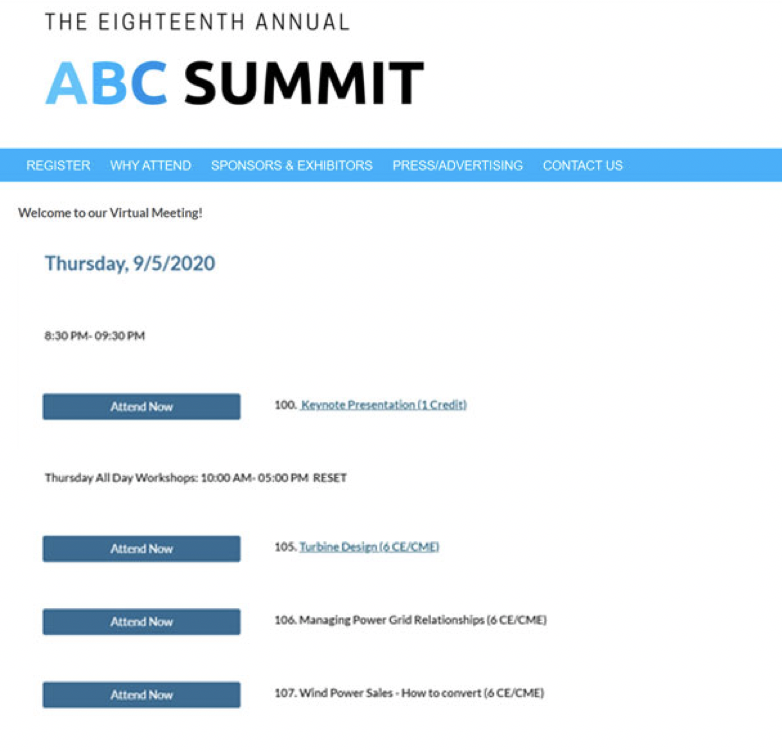
There are two things you should take into account when getting ready to verify your attendees.
- Know the difference between Attendance and Registration numbers. The Registration number represents the people who pre-registered for your show or registered onsite. These usually are the people who have found their way into your registration software. On the other hand, Attendee numbers actually have to be verified – that is, the attendee needs to be recorded in some system as actually having attended your event. One thing you can count on – the Attendance numbers will always be less than or equal to your Registration numbers (usually a decent amount less.)
- There are many ways to verify attendance. For smaller conferences, pre-printed badges are picked up or handed to attendees. A quick way to verify attendance in this situation is simply record everybody as attended except for the remaining badges that were not picked up. Higher-end verification includes kiosks and scanning QR codes.
- Track virtual attendees. Not all virtual software does a good job of tracking participation. Make sure that your virtual event software

- Better future planning. This is the most obvious benefit of hard attendance data. For example, if you regularly have 20% no-shows for your event you can make more conservative F&B estimates.
- More accurate reporting for stakeholders. A high no-show rate can deceptively make your show seem more successful then it really was. For example, exhibitors might have lower than expected traffic because your promises were based on the registration figures rather than actual attendance. We all know how exhibitors feel about such unfulfilled promises.
- Improved Surveying. If you know your attendees from no-shows, then your post-show surveys can be more useful. While you can send your classic surveys to your attendees, you can send another survey to those who were absent. The latter survey would provide very helpful insight into the discrepancy between your registration and attendance numbers.
- Targeting in-person versus virtual attendees. There will be some groups of people who strongly prefer the in-person or virtual experience. You need to know who they are so you can send the correct messaging.
- Focused marketing. Similarly, your marketing efforts can be organized accordingly. In particular, you want to reduce barriers and create excitement for your past no-shows so that they actually pick up a badge.

- Know attendance at sub-events. In particular, tracking attendance at your workshops and trade show can amplify the benefits previously described. For workshop attendance, having automated attendance reports can simplify many post-show tasks such as issuing CEUs.
- Segmenting attendees. Not all attendees are the same. Some examples include being able to separate your exhibitors from the rest, as well as knowing your comps and exhibit hall only attendees from paid full conference attendees. The latter is your real gold, so insight into their behavior is much more important than someone who only wants to stroll your trade show floor.
